Overview of ASTM A358 Steel Pipe Scope: Purpose: ASTM A358 covers electric-fusion-welded austenitic chromium-nickel stainless steel pipe suitable for corrosive or high-temperature service, or both. Applications: These pipes are commonly used in industries where high-temperature and corrosion-resistant properties are required, such as in chemical processing, petroleum refining, and other industrial applications. Materials: Stainless Steel Grades: ASTM A358 specifies various grades of austenitic stainless steel, including TP304, TP304L, TP316, TP316L, and others. These grades are selected based on their ability to withstand high temperatures and corrosive environments. Manufacturing Process: Electric-Fusion-Welded: Pipes are manufactured by electric-fusion-welding, where the edges of the formed steel plate are fused together to form the pipe. This method provides a high level of weld integrity and strength. Class Designations: ASTM A358 specifies pipes in five classes (Class 1 through Class 5), each with different heat treatment and welding requirements to suit various applications. Specifications: Dimensions: Pipes are available in various sizes with specified outer diameter (OD) and wall thickness (WT). Types: ASTM A358 specifies electric-fusion-welded pipes. Surface Finish: Pipes may be furnished with various finishes, including annealed pickled, bright annealed, or polished finishes as specified. Mechanical Properties: Tensile Strength: Pipes must meet specified tensile requirements depending on the grade of stainless steel used. Elongation: Requirements for elongation are also specified to ensure adequate ductility of the pipes. Hardness: Austenitic stainless steels in ASTM A358 have specific hardness requirements to ensure they meet mechanical property standards. Testing and Inspection: Mechanical Tests: Pipes undergo mechanical tests such as tensile strength test, hardness test, and flattening test. Non-Destructive Testing: ASTM A358 requires non-destructive testing methods like radiographic or ultrasonic testing to ensure the integrity of welds and overall pipe quality. Visual Inspection: Pipes are visually inspected for surface defects, dimensions, and adherence to specifications. Standards and Compliance: ASTM A358: Standard specification for electric-fusion-welded austenitic chromium-nickel stainless steel pipe for corrosive or high-temperature service. Compliance: Pipes manufactured under ASTM A358 conform to rigorous standards ensuring they meet the specified requirements for corrosion resistance, mechanical properties, and dimensional accuracy. Advantages: High Temperature Resistance: Austenitic stainless steels specified in ASTM A358 exhibit excellent resistance to high temperatures, making them suitable for applications in heat-intensive environments. Corrosion Resistance: These steels offer superior corrosion resistance in various environments, enhancing their longevity and reliability in industrial applications. Weld Integrity: The electric-fusion-welding process ensures high-quality welds with robust mechanical properties. Construction Features: End Connections: Pipes may be furnished with various end connections such as plain end, beveled end, or threaded end. Class Designations: Class 1: Pipe is double welded by processes employing filler metal in all passes and is completely radiographed. Class 2: Pipe is double welded by processes employing filler metal in all passes. No radiography is performed. Class 3: Pipe is single welded by processes employing filler metal in all passes and is completely radiographed. Class 4: Same as Class 3 except that the weld pass exposed to the inside pipe surface may be made without the addition of filler metal. Class 5: Pipe is double welded by processes employing filler metal in all passes and completely radiographed. This class is made from double full thickness plate. Conclusion: ASTM A358 steel pipes are essential components in industries requiring reliable, high-temperature-resistant, and corrosion-resistant tubing for various industrial applications. Their adherence to ASTM standards ensures they deliver consistent performance and durability in demanding environments where corrosion resistance and high-temperature strength are paramount.

 Sign in with Google
Sign in with Google
 Sign in with Facebook
Sign in with Facebook

 Sign in with Google
Sign in with Google


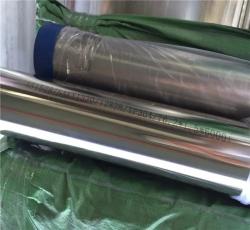


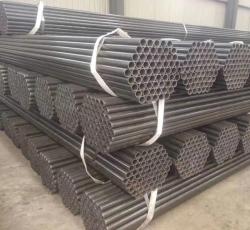
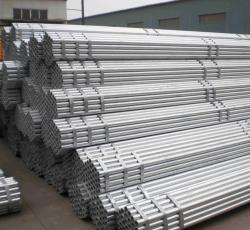
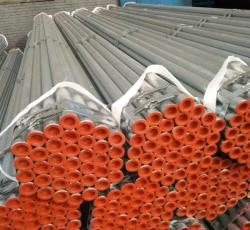
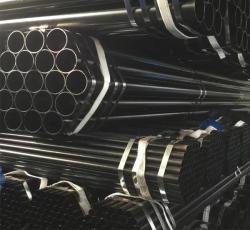

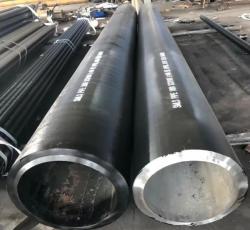
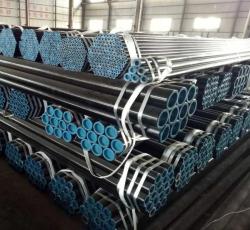
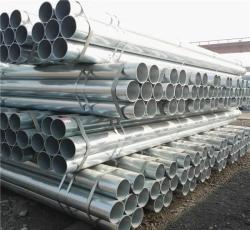
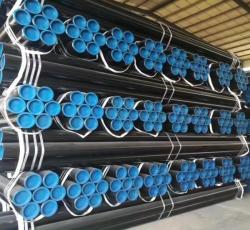
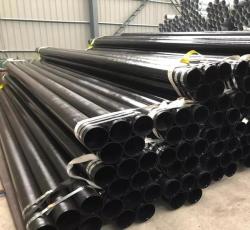

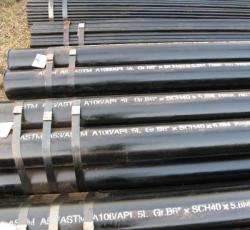

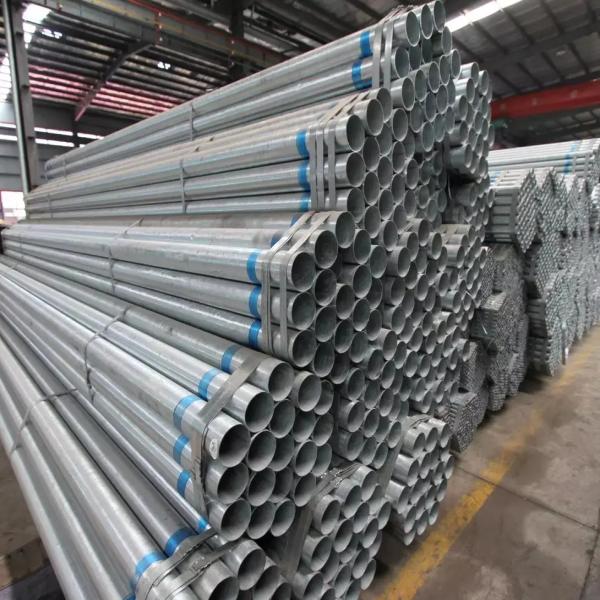
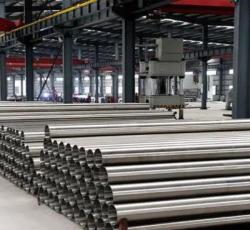
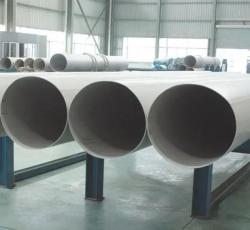
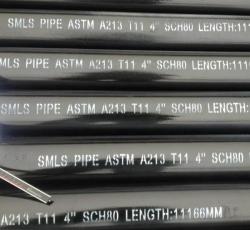

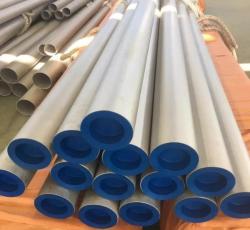
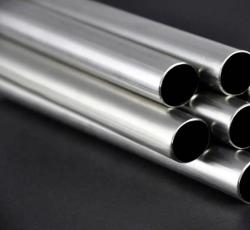
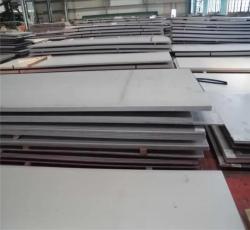
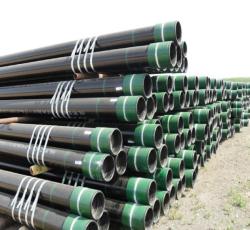

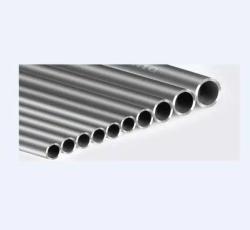
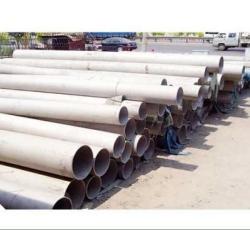

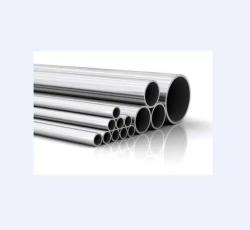
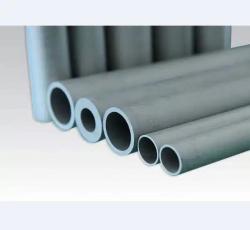
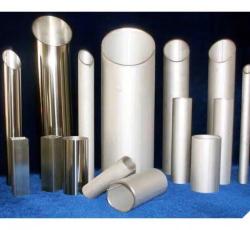
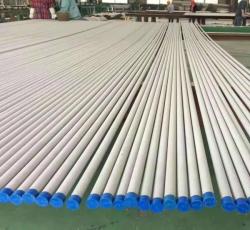
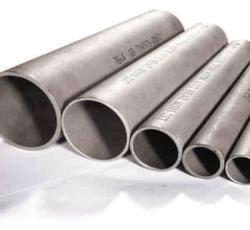
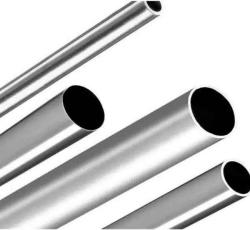
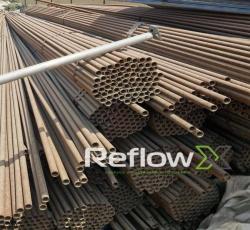
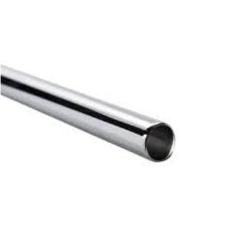
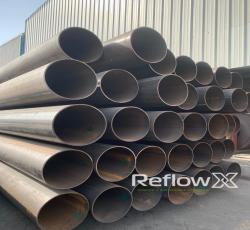





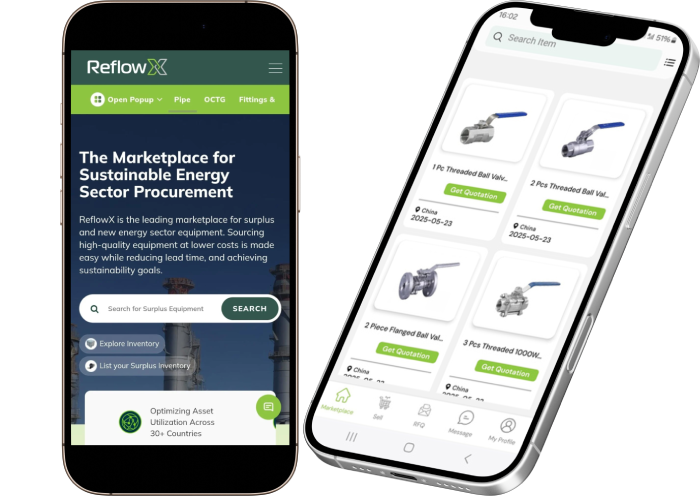
 USD or choose a different currency.
USD or choose a different currency._1727168586.png)

) (1)_1727158160.png)
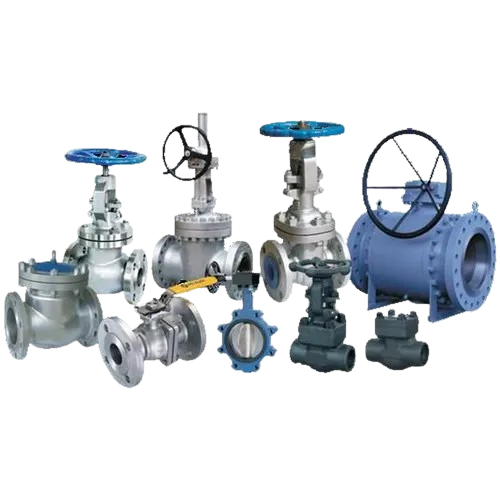

 (4)_1729176674.png)
